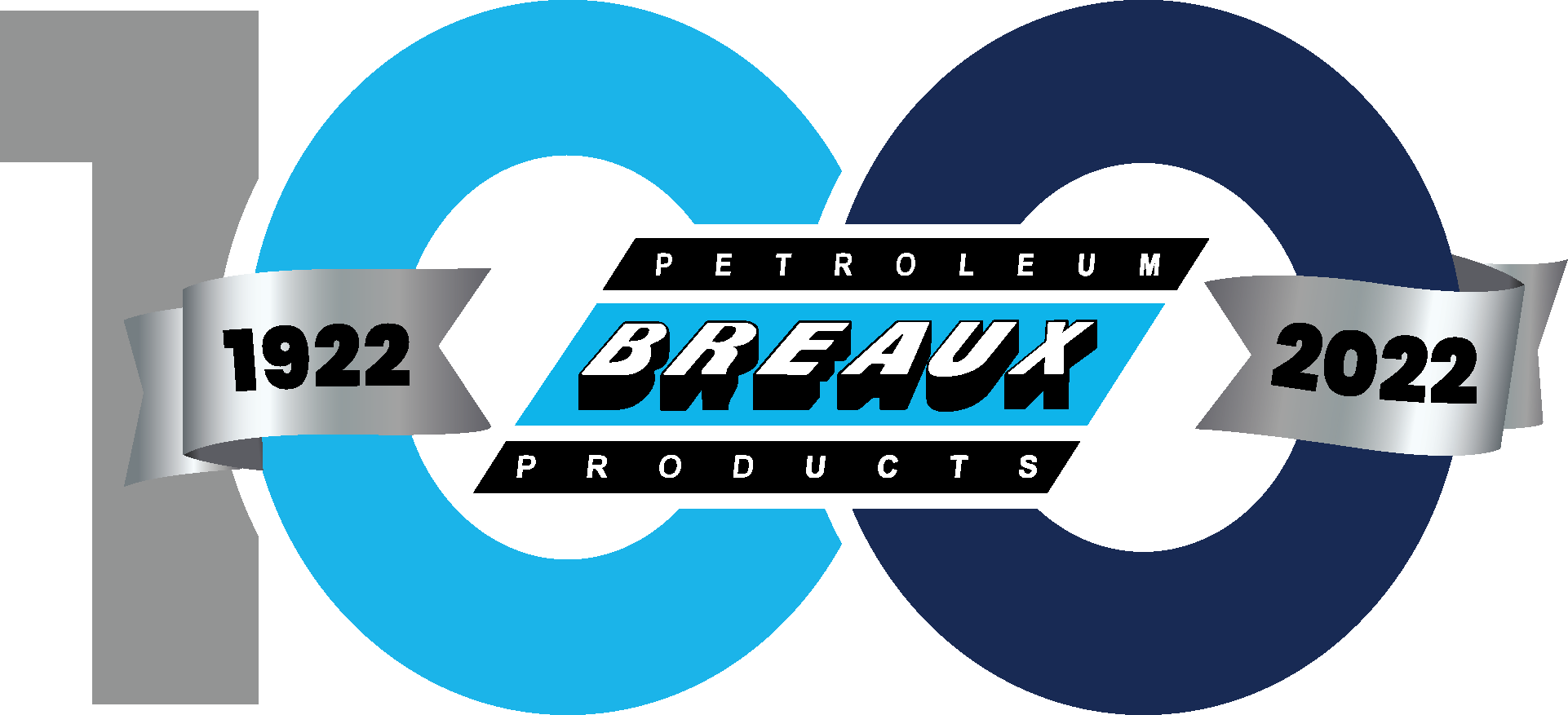FAQs About Oil Drain Intervals
Truckers care about their trucks. Whether you’re a fleet manager maintaining vehicles to keep the business on the road or a trucker protecting your livelihood, keeping vehicles moving is at the heart of what truckers do. A crucial part of this job is making sure engine oil gets changed regularly. But taking your vehicle in for an oil change – particularly a heavy-duty vehicle – can be a hassle. So why not just change the oil out at the same time as your scheduled maintenance? Two birds, one stone. In fairness, sometimes that’s a good idea, and can help limit downtime. But it can also end up costing you more over the lifetime of a vehicle. For truckers and fleet operators feeling the squeeze as the world responds to the COVID-19 pandemic, this can be an easy cost to cut.In this FAQ, we look at oil drain intervals (ODIs): what they are, why they’re important and how to do them right.
WHAT IS ODI? WHY IS IT IMPORTANT?
ODI stands for oil drain interval. Measured either in time or in miles driven, the ODI is the length of time that, according to your truck’s manufacturer, you can leave the oil in the engine before it needs to be changed.
WHY SHOULD I CHANGE MY OIL?
One big reason is the manufacturer’s recommended ODI. It’s important not to leave the oil in your engine longer than the manufacturer recommends. If you leave oil in the engine too long, you may damage your vehicle and even void your warranty. For example, one of the jobs of engine oil is to trap dirt and contaminants. Over time, these contaminants become too much for the oil to continue to do its job properly. So, the oil needs to be drained and replaced with fresh oil. Factors which may cause you to change your oil earlier than planned include working in extreme environments – for instance, very hot or dusty environments – or if the vehicle itself is operating at the extremes of its capacity, such as hauling extremely heavy loads, raising the engine temperature.
HOW DOES CHANGING MY OIL EARLY AFFECT ME OR MY BUSINESS?
If you change your engine oil too early, then you are not using the full potential of the engine oil. This practice potentially leads to paying for oil changes your vehicle did not need. Over the lifetime of a vehicle, this can pile on extra costs.
AND IF YOU CHANGE THE OIL TOO LATE?
You’re almost certain to see a deterioration in engine performance. But worse than that, the oil will no longer be able to protect your engine as well as it needs to. Your engine may suffer from wear that leads to unplanned maintenance and extra cost. If you leave longer between oil changes than the manufacturer’s specifications, you may also void the warranty on your truck’s engine.
HOW OFTEN SHOULD I CHANGE MY OIL?
You should follow your OEM’s recommended oil-change intervals. ODI can vary depending on the engine type, engine application or service and the recommended oil specification. Consult your truck’s manual or contact your OEM to find out the recommended ODI for the oil you’re using. You may also use Shell LubeMatch to search for your engine. When available, the oil drain interval information will be displayed here.
WHY DOES ODI VARY BY APPLICATION, CONDITIONS AND OEM?
Oil specifications vary from truck to truck because different vehicles – and different engines – impose different levels of stress on the oil. Oils in modern engines which run hot need to meet a higher, or newer oil specification, because high-specification oils have greater thermal stability, allowing them to withstand heat and still carry on protecting for longer. Choosing a lower quality or specification oil may mean you need to change your oil more frequently. The role of lubricants has always been important, but as engine technologies have improved over time, the lubricants have evolved as well.
HOW MUCH OIL COULD I SAVE IF I SWITCHED OILS TO ONE WITH A LONGER ODI?
Choosing a premium oil which allows for a longer ODI could cut your oil consumption considerably over the life of the vehicle. As an example: if you are driving long-haul in a truck with a Detroit DD15 Engine and you use oil that meets the older API CJ-4 specification, you’ll need to change your oil every 50,000 miles. But if you use a higher-spec API CK-4 lubricant, you only need to change your engine oil every 60,000 miles.
HOW ARE SHELL ROTELLA® OILS ABLE TO MEET OEM OIL DRAIN INTERVALS?
Over the last decade, Shell has improved upon the base oil used in its lubricants. Changes to the refinement process have created base oils in which the bonds between molecules are stronger, making the oil more resistant to high engine temperatures. And perhaps, the biggest change has come from the use of more and improved “antioxidants” that adapt physically and chemically when required, to provide robust protection of the engine. This powerful combination of superior, synthetic base oil and adaptive additive technology – referred to as Triple Protection Plus™ Technology – results in benefits such as: enhanced oxidation control compared to previous formulations, improved shear stability, and excellent aeration control. Triple Protection Plus™ Technology helps to make the oil effective for longer, allowing the time between oil drains to be extended — saving money and cutting down on maintenance*.
HOW DO I KNOW WHEN MY OIL HAS REACHED ITS MAXIMUM LIFE?
Always consult your manufacturer’s recommended oil drain intervals for your engine and for the specific oil you are using. To get a more detailed approach to oil drain intervals and oil-management, contact our sales team today to find out what solutions will work best for you.
For a PDF version of this information, click here.
Source: Shell Lubricants
